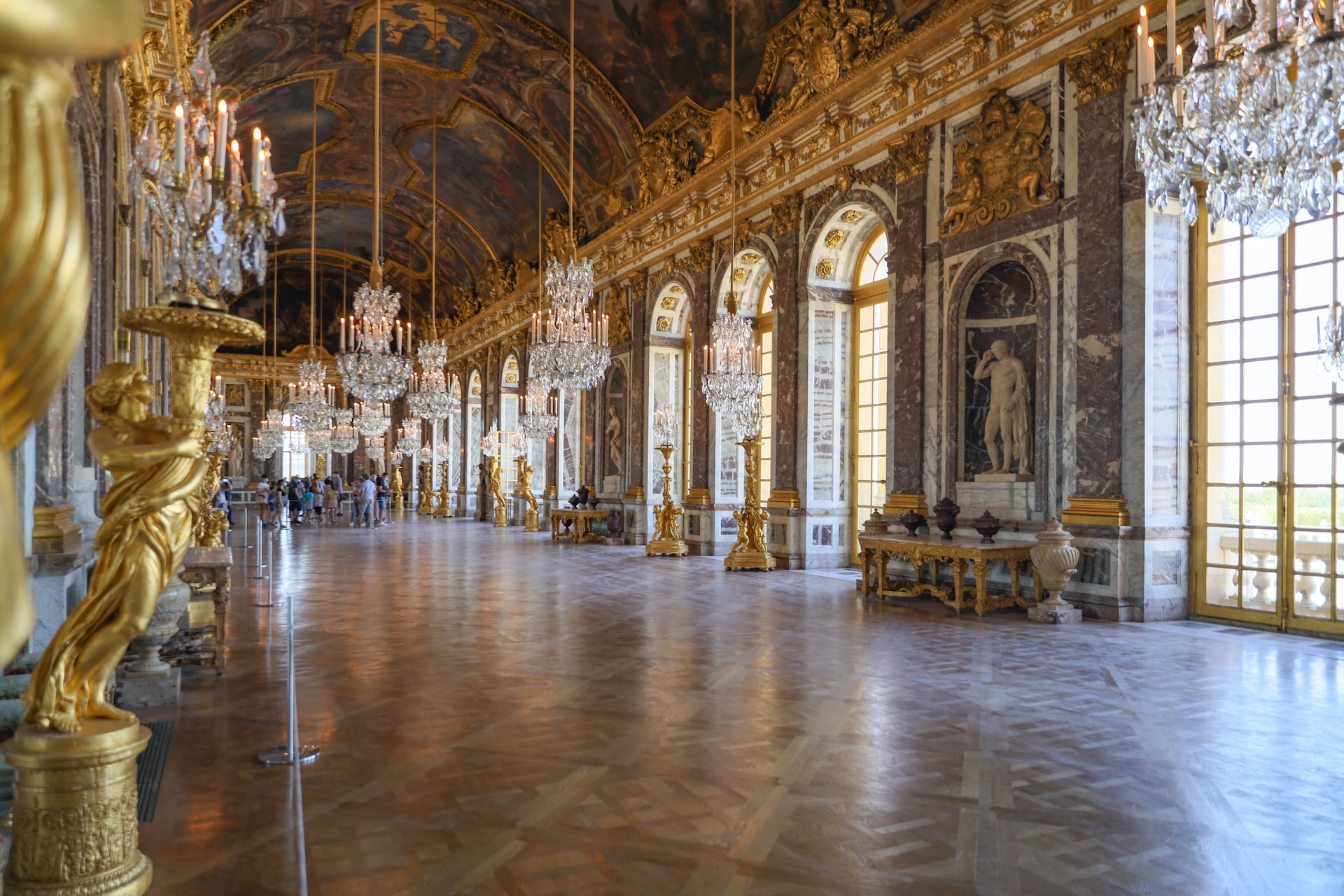The Lush Drama of Baroque Paintings: A Journey Through Time
The Golden Age of Baroque Art
The 17th century heralded the Baroque era, an age of magnificence in art marked by drama, rich color palettes, and a dynamic movement that continues to captivate art enthusiasts worldwide. The era was born in Rome, Italy, but swiftly swept across Europe, each region tailoring the Baroque ethos to its cultural heartbeat. This period offered a lush visual language that communicated religious fervor, opulence, and power during a time of intense spiritual and political upheaval. Those eager to explore the world of baroque art will find a tapestry rich with human experience and emotive expression.
Innovators of the Baroque Canvas
Caravaggio, an Italian master, emerged as a pivotal figure in Baroque painting, using chiaroscuro—striking contrasts of light and shadow—to breathe life into biblical scenes. His artworks such as “The Calling of Saint Matthew” and “Judith Beheading Holofernes” reveal a raw human emotion that bridged the heavenly and the earthly. His legacy is a cornerstone for those who wish to explore the world of baroque art in its most dramatic and humanistic manifestations.
In Flanders, Peter Paul Rubens epitomized Baroque’s grandeur with his voluptuous figures and vibrant hues. His masterwork, “The Elevation of the Cross,” exemplifies the power and movement that are the trademarks of Baroque artistry.
Baroque Art as a Political Tool
The grandiosity of Baroque art served more than just aesthetic pleasure; it was a potent propaganda tool. Kings and popes commissioned works to convey their divine right to rule, employing artists to create awe-inspiring pieces that promoted their sovereignty. Versailles, the palatial estate of Louis XIV of France, stands as a testament to Baroque art’s role in statecraft, its halls adorned with paintings that glorify the Sun King’s reign.
Women of the Baroque
Artemisia Gentileschi, a prominent female Baroque artist, shattered the glass ceiling with her profound interpretations of biblical heroines. Her “Judith Slaying Holofernes” is often hailed for its visceral depiction of strength and vengeance, a personal triumph over her traumatic experiences.
Religious Undertones and Ethical Dialogues
The Catholic Church, through the Counter-Reformation, harnessed Baroque art to inspire piety and religious unity. The ethereal works of Giovanni Battista Gaulli, crowning the Church of the Gesù, serve as celestial invitations to reflect on the divine.
The Dutch Golden Age: A Secular Counterpart
While much of Baroque art was steeped in religious overtones, the Dutch Golden Age presented a secular counterpart. Artists like Vermeer and Rembrandt brought everyday scenes to life with a Baroque touch, focusing on natural light and intimate moments that narrated the tales of the bourgeoisie and the common folk.
Legacy and Preservation
Today, the legacy of Baroque paintings is preserved in the world’s premier museums. Restoration experts labor meticulously to ensure that the vibrancy and emotion of these works endure for future generations to appreciate. It’s a field that beckons admirers to explore the world of baroque art through a lens that spans centuries yet remains timeless in its appeal.
Embracing the Baroque Aesthetic in the Modern World
Contemporary artists and designers continue to draw inspiration from the Baroque ethos, infusing modern creations with the drama and exuberance characteristic of the era. The Baroque spirit lives on in the swirling lines of fashion, the grand sets of films, and the dynamic forms of architecture.
Exploring the World of Baroque Art
To truly explore the world of baroque art, one must engage with the paintings firsthand. The immersive experience of standing before a Baroque masterpiece is to witness the confluence of history, technique, and emotion that defines this remarkable epoch in art.
Museums across the globe house these treasures, offering a doorway to the past for anyone willing to step through. Interactive exhibits, guided tours, and augmented reality experiences are modern tools that have transformed the way we explore the world of baroque art. They allow us to not only see the art but to step into its world, to stand beside the artists and to see through their eyes.
In the digital age, high-resolution images and virtual tours make Baroque art accessible to an unprecedented audience. Now more than ever, the ability to explore the world of baroque art is at the fingertips of the curious, bridging geographic and temporal divides. The story of Baroque is an open book, inviting each of us to read its chapters and add our own reflections.
The Baroque period, with its dramatic intensity and bold exploration of human emotion, stands as a towering achievement in the history of art. Its canvases are not mere relics of the past but vibrant portals that continue to offer profound insights into the complexity of the human experience.

